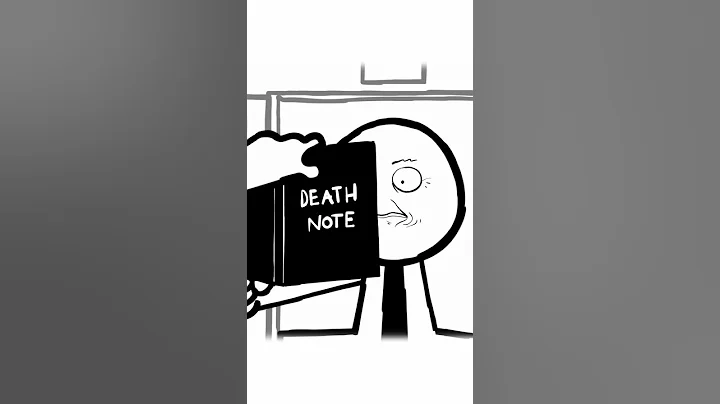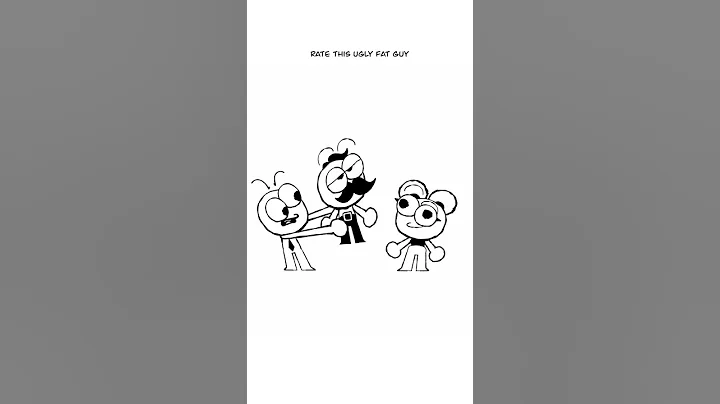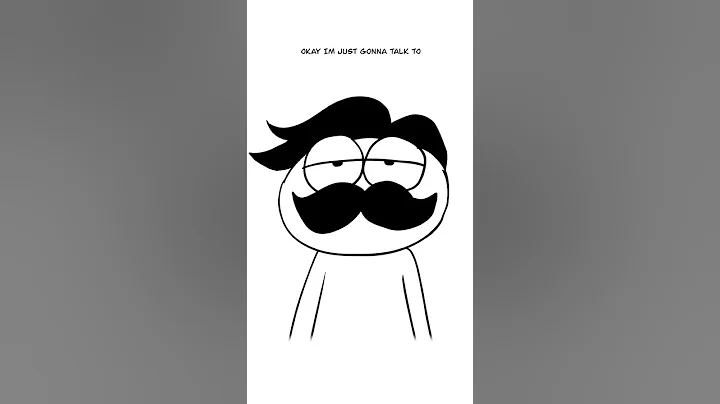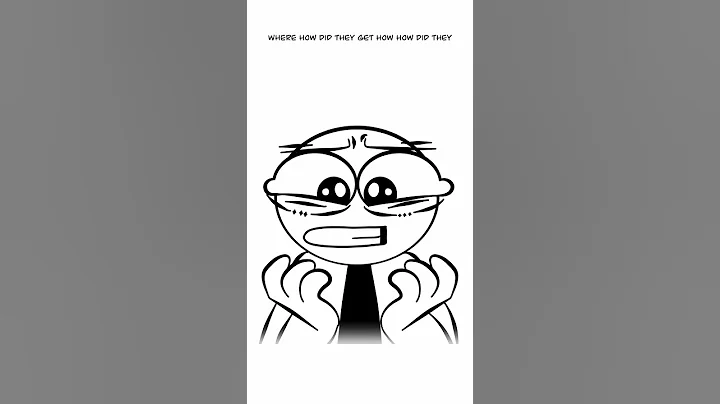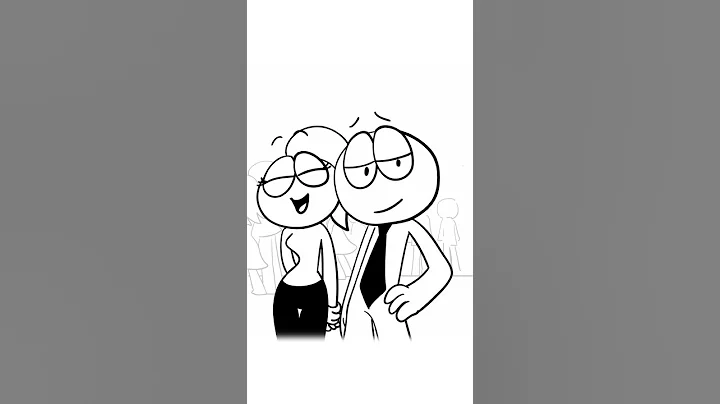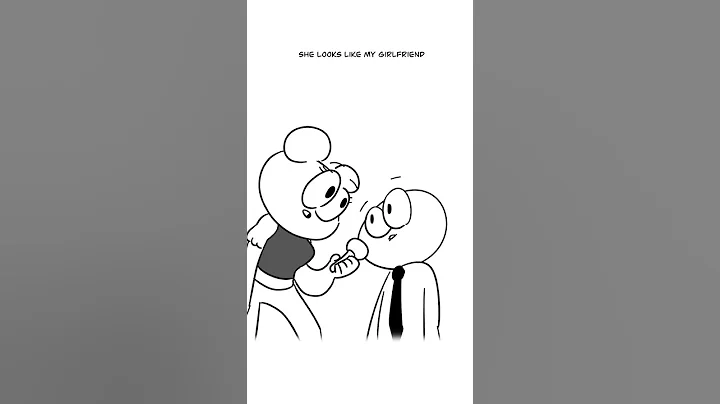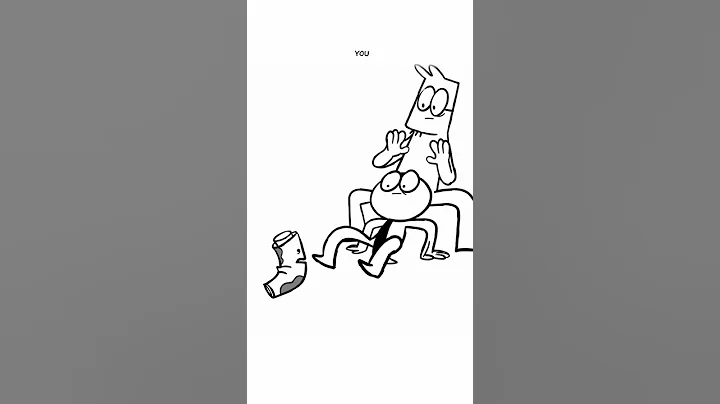"Ten Bu Diao" is familiar to everyone who works in engineering. Maybe you can also say it with your mouth. There are also various versions of "Ten Bu Diao" on the Internet. Today, the editor will sort out the animations of multiple versions of "Ten Bu Diao" for everyone. It can help everyone's safety training.
First of all, let's entertain
Another popular "Shibuhang"
The most popular lifting operation "Shibuhang" is like this

Will the following one be more popular? Is it popular?
The hoisting operation that the leader has explained is going to be popular again





Okay, let’s get down to business.

 1
1
Traditional display board type


 2
2
Standard PPT type


 , overload or The weight of the object being hoisted is unclear.
, overload or The weight of the object being hoisted is unclear.

 . Do not lift when the command signal is unclear.
. Do not lift when the command signal is unclear.

 . The wire rope is not qualified and the binding is not strong.
. The wire rope is not qualified and the binding is not strong.

 . Do not lift when the structure or parts are defective or damaged that affects safe work.
. Do not lift when the structure or parts are defective or damaged that affects safe work.

 . When lifting heavy objects at an angle. Do not lift.
. When lifting heavy objects at an angle. Do not lift.

 . Do not lift when there are people or floating objects on the object to be lifted.
. Do not lift when there are people or floating objects on the object to be lifted.

 . Do not lift the items in the container when it is too full.
. Do not lift the items in the container when it is too full.

 . Do not lift the heavy object when there is no padding between the edges and corners of the heavy object and the binding wire rope (to prevent the wire rope from being worn or cut).
. Do not lift the heavy object when there is no padding between the edges and corners of the heavy object and the binding wire rope (to prevent the wire rope from being worn or cut).

 . Do not lift objects buried underground or solidified on the ground.
. Do not lift objects buried underground or solidified on the ground.

 0. The work site is dark and it is difficult to see clearly, or there is heavy rain, snow, fog, strong winds above level 6 and other severe weather conditions.
0. The work site is dark and it is difficult to see clearly, or there is heavy rain, snow, fog, strong winds above level 6 and other severe weather conditions.


 3
3
Virgo comic version ten not hanging

There is a kind of work that can be seen at almost every construction site
Lifting and hoisting construction
But this most common homework content
hides unexpected hidden dangers and risks!
...
Tunnel Shares Original safety theme comic
"A Virgo Comes to the Construction Site" Updated Chapter 12
"Lifting Tens Not Hanging"
Follow the footsteps of the Tunnel Four
Understand the "Top Ten Key Points of Lifting and Lifting" "
Let you no longer worry about "hanging"




Hoisting accidents are often harmful and have great impact. Doing a good job in safe lifting and hoisting protects not only personal safety, but also the safety of colleagues around you and the safety of surrounding citizens! Operate scientifically and check in place, do not miss every detail, do not make lifting and hoisting become "fearful", and protect your own safety and the safety of your colleagues!

 4
4
animation version
Lifting and hoisting operations refers to the construction process of using lifting equipment to lift or move building structures, components or equipment to the designated position and elevation of the design, and install and fix them as required. This type of work is often carried out at construction sites and is prone to danger, causing to be lifted and hurt .
Therefore, in order to ensure the safety of lifting personnel and people near the lifting operation and avoid accidents, we have specially summarized the "ten don'ts" for lifting operations , hoping to provide additional protection for everyone's safety.

Can't be hung crookedly.

The lifting components should be ensured to be directly under the top of the crane boom. Cable-stayed or diagonal hanging is strictly prohibited.

overload does not hang.

It is strictly prohibited to overload hoisting and hoist major components and equipment of unknown weight.

The hanging objects are not tied firmly and cannot be hung.

Before lifting, you should check the balance of the hanging objects and the firmness of the binding. Only after confirming that they are correct can you lift. Lifting is strictly prohibited if the hanging objects are not tied firmly.

The command signal is unclear or the command is not suspended in violation of regulations.

Use semaphores or universal hand signals to direct the entire process of moving, hoisting, stopping, and installing hoisted objects. Do not lift if the signal is unclear.

Do not lift hanging objects with sharp edges and without protective measures.

When hoisting angular objects, they must be cushioned with wooden boards or sacks. Lifting of sharp edges without protective measures is strictly prohibited.

Do not lift the hanging object if there are people standing on it or moving objects.

It is strictly prohibited to walk or stand on the suspended components, use cranes to carry people, and do not stack or hang scattered objects on the components.

Components buried underground are not lifted.

It is strictly prohibited to lift components buried underground or bonded to the ground.

Safety devices that are incomplete or insensitive or ineffective will not be suspended.

Safety protection devices such as the luffing indicator, torque limiter and limit switch of the crane must be complete, flexible and reliable. Lifting is strictly prohibited if the safety devices are incomplete or insensitive or ineffective.

Do not lift the hanging object if the weight is unknown, the light is dark, and the line of sight is unclear.

Sufficient lighting must be provided during nighttime construction of hoisting operations. Lifting is strictly prohibited if the weight of the hanging object is unknown, the light is dark, or the line of sight is unclear.
 0
0
Do not lift in strong winds above Level 6 or severe weather such as heavy rain, heavy snow, heavy fog, etc.

Hoisting operations should be stopped in severe weather such as heavy rain, fog, heavy snow, and windy days above Level 6.

 5
5
animated version
Lifting and hoisting operations "ten do not lift"
Lifting and hoisting operations refers to the use of lifting equipment to lift or move building structures, components or equipment to designated positions and elevations in the design, and install them as required. fixed construction process. This type of work is often carried out at construction sites and is more likely to be dangerous, leading to lifting injuries.
Therefore, in order to ensure the safety of lifting personnel and people near the lifting operation and avoid accidents, we have specially summarized the "ten don'ts" for lifting operations , hoping to provide additional protection for everyone's safety.

Do not hoist if the signal is unclear.

Use semaphores or universal hand signals to direct the entire process of moving, hoisting, stopping and installing the hoisted objects. Do not hoist if the signal is unclear.

Diagonal pulling and diagonal hanging but not hanging

The lifting components should be ensured to be directly under the top of the crane boom. It is strictly prohibited to use diagonal pulling or diagonal hanging.

Do not hoist if the weight of the hoisted object is unknown or overloaded.

It is strictly prohibited to hoist overload and hoist major components and equipment of unknown weight.

Loose objects are not tied firmly or the materials are not loaded enough.

Before lifting, you should check the balance of the hanging objects and the firmness of the binding. Only after confirming that they are correct can you lift. Lifting is strictly prohibited if the hanging objects are not tied firmly.

Someone is not hanging on the hanging object.

It is strictly prohibited to walk or stand on the suspended components. Cranes are not allowed to carry people, and sporadic objects are not stacked or hung on the components.

It is strictly prohibited to lift components buried in the ground or bonded to the ground.

Safety devices are malfunctioning or do not lift when sick

The crane's safety protection devices such as the luffing indicator, torque limiter and limit switch must be complete, flexible and reliable. It is strictly forbidden to lift if the safety devices are incomplete or insensitive or ineffective.

The lighting at the site is dark and the vision is unclear. Sufficient lighting must be provided during nighttime lifting operations. Lifting is strictly prohibited if the weight of the hanging object is unknown, the light is dark, or the line of sight is unclear.

Do not lift objects with sharp edges and no protective measures.

When hoisting angular objects, they must be cushioned with wooden boards or sacks. Lifting of objects with sharp edges and without protective measures is strictly prohibited.


Do not hoist in severe weather such as strong winds above level 6 or heavy rain, heavy snow, heavy fog, etc.

Hoisting operations should be stopped in severe weather such as heavy rain, fog, heavy snow, strong winds above level 6, etc.
There are so many "ten don'ts", choose one and give your construction site tower operator, signal worker , and workers a "ten don'ts" safety education! ! !



